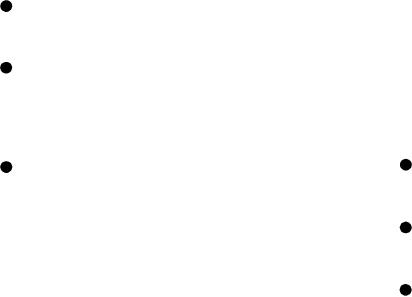
repaired piping assembly and ships' systems. You will
relief valve is used for the secondary relief
follow different testing parameters for each test.
valve.
4. Establish communication between the operator,
Testing Ships' Systems.--For testing of a ship's
relief valve operator, and the inspector if their
system maintain the test pressure during hydrostatic
stations are separated.
tests for at least 1/2 hour before inspection. If the
inspection is done prior to 1/2 hour, the system may not
5. Pressurize the system slowly and incrementally,
be pressurized evenly and you may get an indication of
checking for leaks at each increment.
leakage due to valve packing and joint setting
6. Increase pressure to hydrostatic test pressure.
occurring. Test pressure should be maintained at 135
percent of system design pressure but not less than 50
7. Perform required inspections.
2
lb/in for the duration of the test. Some systems may
8. Depressurize, remove temporary equipment,
require tests more or less than 135 percent. Always
and restore the system to its original
refer to the operator's manuals, systems' drawings, or
configuration.
other applicable documentation for correct test
In the following section, we will look at component
pressures.
pressurization, inspection requirements, and testing
Testing Repaired Piping Assemblies.--Always
durations.
test piping or piping assemblies (except halocarbon
PRESSURIZATION.--During hydrostatic tests
refrigerant piping) removed for repair or replacement
of systems havin a maximum system pressure in
before reinstallation. Test pressure, in most cases, will
2
excess of 300 lb/in , raise the test pressure in increments
be 135 percent of the system design pressure, but in no
of approximately 25 percent of the final test pressure.
2
cases less than 40 lb/in . Hydrostatic test pressure will
At each increment, make a check for leaks before
be held for a minimum of 15 minutes before inspection.
proceeding to the next higher pressure increment. The
Hold this pressure while a complete inspection of the
final test pressure should be +2 to -0 percent of the final
piping assemble is made. Special attention should be
2
test pressure but should not exceed 50 lb/in . For test
given to renewed parts and repaired sections. Some
pressures less than 100 lb/in', a +1 to -0 percent
assemblies may require tests of more or less than 135
tolerance is acceptable.
percent. Always refer to the operator's manuals,
If any of the following events occur, you should
systems, drawings, or other applicable documentation
take immediate action to terminate the test and
for correct test pressures.
depressuize the component:
ACCEPTANCE CRITERIA FOR
HYDROSTATIC TESTS.--The criteria for an
Pressure gauge fails to respond to changes in
acceptable hydrostatic test is that there should be no
test pressure or gauge ruptures during the test.
l e a k a g e or permanent deformation of the
pressure-containing parts. This acceptance criteria is
Pressure gauge readings do not agree within 2
determined by visual examination. The following are
percent of maximum test pressure or are not
exceptions to the no leakage criteria for acceptable
accurate within 2 percent of maximum test
hydrostatic testing of ships' systems only:
pressure.
The leakage does not become hazardous to
Changes in test pressure cannot be held
constant.
personnel.
VISUAL INSPECTIONS.--Visual inspections
The leakage can be adequately contained to
are required at specified intervals as the pressure is
protect equipment.
increased to the test pressure. Repaired areas that are
being tested should remain uninsulated to allow
The leakage is within the capacity of the
examination for leakage.
hydrostatic test pump to maintain pressure
TEST DURATION.--The test duration for
throughout the test.
hydrostatic testing of ships' systems and of repaired
assemblies are different, although the end requirements
Piping assemblies that have been repaired or
of the hydrostatic testing is the same for both the
replaced require zero leakage.
11-19

